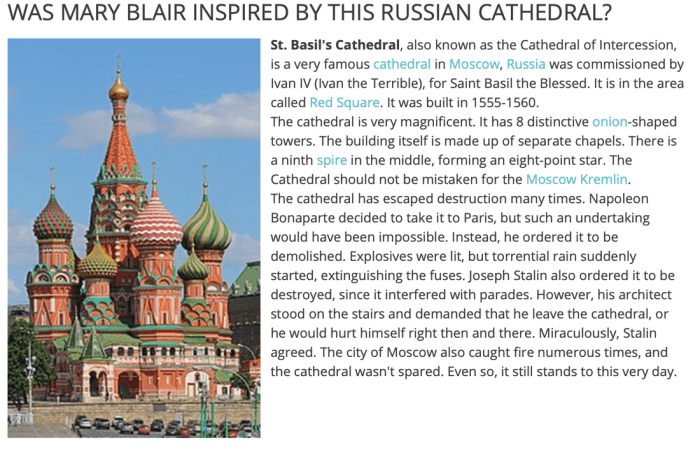Unit 3 topic 3.2 religious sites art and monumental architecture – Unit 3 Topic 3.2 delves into the fascinating realm of religious sites, art, and monumental architecture, where spirituality, aesthetics, and power converge. From ancient temples to modern cathedrals, these structures embody the beliefs, practices, and aspirations of civilizations throughout history.
Join us on a journey to explore the cultural significance, architectural marvels, and symbolic language that define these sacred spaces.
Religious Sites: Historical Significance
Religious sites hold immense cultural and historical significance, shaping civilizations and communities throughout history. They serve as sacred spaces where individuals connect with their faith, perform rituals, and seek spiritual guidance. These sites often embody the beliefs, values, and traditions of a particular religion, offering a glimpse into the cultural heritage and collective memory of a society.
Iconic Religious Sites
- The Great Pyramids of Giza (Ancient Egypt): Monuments to pharaohs and symbols of the afterlife.
- The Acropolis of Athens (Ancient Greece): A sacred hilltop citadel dedicated to Athena and other deities.
- The Colosseum (Ancient Rome): An amphitheater used for gladiatorial contests and public spectacles.
- The Hagia Sophia (Byzantine Empire): A magnificent cathedral that later became a mosque and now serves as a museum.
- The Taj Mahal (Mughal Empire): A mausoleum built by Emperor Shah Jahan for his beloved wife.
Architectural Styles in Religious Sites: Unit 3 Topic 3.2 Religious Sites Art And Monumental Architecture

Religious sites showcase a wide range of architectural styles, reflecting the beliefs and practices of different religions. Architectural elements, such as domes, minarets, and stained-glass windows, convey religious messages and create a sense of awe and reverence.
Gothic Architecture (Christianity)
- Pointed arches
- Flying buttresses
- Stained-glass windows
Islamic Architecture (Islam)
- Domes
- Minarets
- Geometric patterns
Buddhist Architecture (Buddhism)
- Pagodas
- Stupas
- Wheel of Dharma
Symbolism and Iconography in Religious Art
Religious art employs symbolism and iconography to convey religious messages and narratives. Symbols and icons represent divine figures, sacred objects, and spiritual concepts, allowing believers to connect with their faith on a deeper level.
Christian Iconography
- The cross: Symbol of Jesus’ crucifixion and resurrection.
- The dove: Symbol of the Holy Spirit.
- The fish: Symbol of early Christians.
Hindu Iconography
- The lotus flower: Symbol of purity and enlightenment.
- The elephant: Symbol of strength and wisdom.
- The cow: Symbol of sacredness and motherhood.
Monumental Architecture and Religious Power
Monumental architecture has been used throughout history to assert religious power and authority. The scale and grandeur of religious structures convey a sense of awe and reverence, reinforcing the importance and dominance of religion in society.
The Vatican City (Christianity), Unit 3 topic 3.2 religious sites art and monumental architecture
The smallest independent state in the world, the Vatican City is the headquarters of the Catholic Church and home to iconic landmarks such as St. Peter’s Basilica.
The Great Mosque of Mecca (Islam)
The holiest site in Islam, the Great Mosque of Mecca is a massive complex that can accommodate over 2 million worshippers during the annual Hajj pilgrimage.
Case Studies of Religious Sites
To illustrate the concepts discussed above, let’s examine three case studies of iconic religious sites:
| Religious Site | Architectural Style | Symbolism and Iconography | Historical Significance |
|---|---|---|---|
| Angkor Wat (Cambodia) | Khmer Architecture | Depictions of Hindu deities, sacred animals, and scenes from mythology | Capital of the Khmer Empire from the 9th to 15th centuries |
| Machu Picchu (Peru) | Inca Architecture | Terraces, temples, and water channels | A sacred city built by the Inca Empire in the 15th century |
| Notre Dame Cathedral (France) | Gothic Architecture | Stained-glass windows, flying buttresses, and gargoyles | A masterpiece of medieval architecture and a symbol of French Catholicism |
FAQ Insights
What is the significance of religious sites in shaping civilizations?
Religious sites have played a pivotal role in shaping civilizations by providing a physical and spiritual center for communities. They foster a sense of belonging, reinforce social cohesion, and serve as platforms for religious rituals and ceremonies.
How do architectural styles reflect the beliefs and practices of different religions?
Architectural styles in religious sites are influenced by the specific beliefs and practices of each religion. For example, the vast and intricate interiors of Gothic cathedrals reflect the Christian emphasis on transcendence and divine light, while the introspective and minimalist spaces of Buddhist temples embody the principles of meditation and detachment.
What is the role of symbolism and iconography in religious art?
Symbolism and iconography are essential elements in religious art, conveying religious messages and narratives through visual representations. Symbols and icons can represent divine figures, sacred objects, or spiritual concepts, providing a visual language that transcends cultural and linguistic barriers.